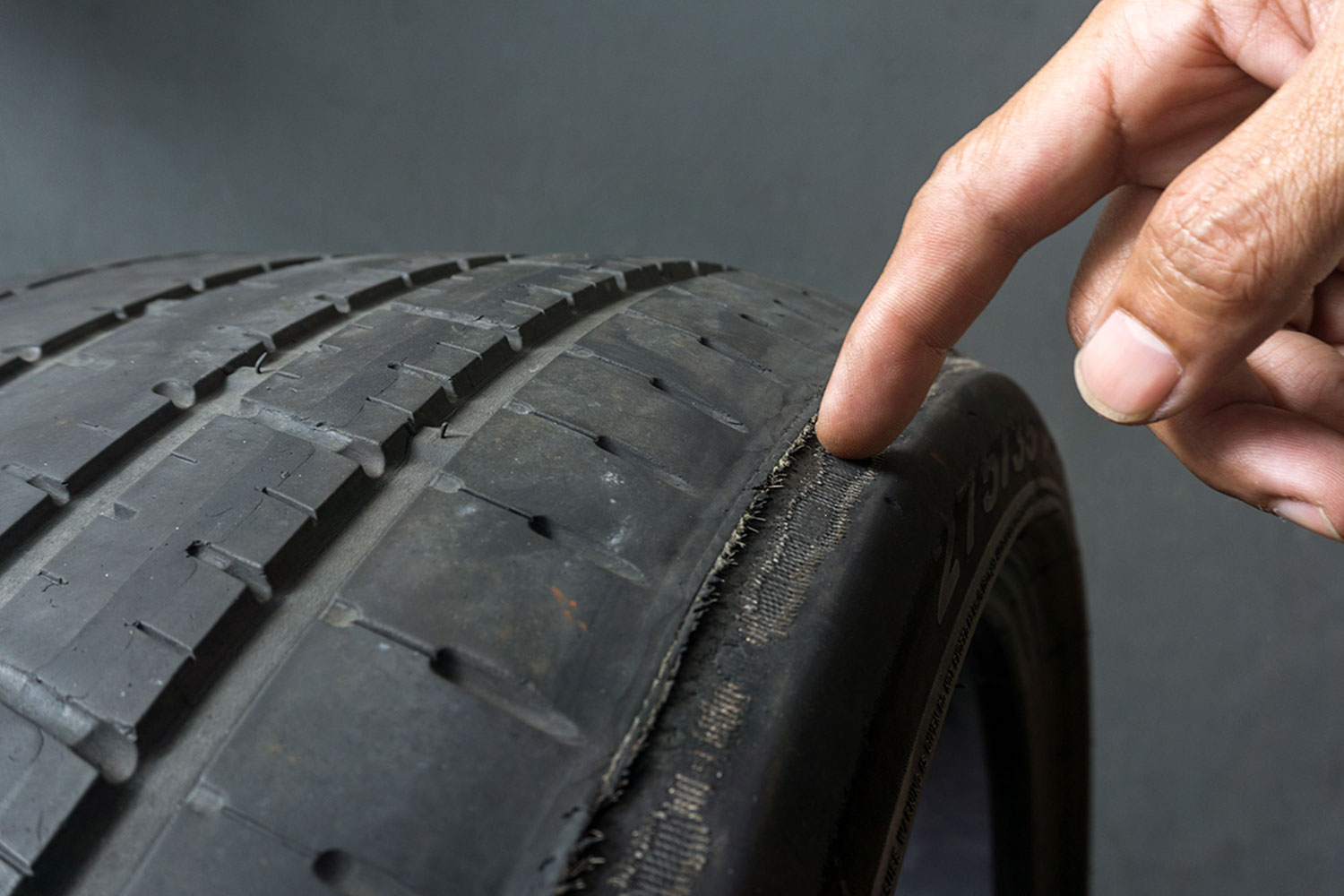When it comes to the safety of your vehicle and those on the road, understanding the condition of your tyres is of paramount importance. This awareness becomes even more crucial when dealing with part-worn tyres. Part-worn tyres, a common sight on our streets, can pose potential risks if not properly understood, inspected, and regulated. In this blog, we’ll delve into the world of part-worn tyres, exploring what they are, the regulations surrounding them, how to assess their condition, and the role of regulatory bodiesin ensuring road safety.
What Are Part-Worn Tyres?
Part-worn tyres, as the name suggests, are used tyres that have been removed from vehicles and are sold for further use. They find their way into the market through various channels, including second-hand vehicle sales, tyre retailers, and even online platforms. It’s essential to note that not all part-worn tyres are associated with second-hand vehicles; some are sold individually.
The UK’s Tyre Industry Federation estimates that approximately 10% of all tyres purchased in the country fall into the part-worn category. While new tyres are manufactured to stringent safety standards and designed to perform within legal tread limits, part-worn tyres may vary in quality and condition, making proper inspection vital.
Inspecting Part-Worn Tyres
If you’re considering purchasing part-worn tyres, it’s crucial to inspect them thoroughly to ensure your safety and compliance with regulations. Here are key factors to look out for:
Structural Integrity: Check for cuts on the tyre’s surface. Cuts longer than 25mm or 10% of the section width (whichever is greater) could compromise the tyre’s safety.
Tread Depth: The original grooves of the tyre should be clearly visible and have a minimum depth of 2mm across the entire breadth of the tread and circumference.
Bulges and Lumps: Look for abnormal bulges or lumps on both the internal and external surfaces, as they could indicate separation or partial failure of the tyre’s structure.
Exposed Ply or Cord: Neither the ply nor the cord should be exposed, either internally or externally
Inflation Test: The tyre must pass an inflation test. When inflated to its maximum pressure, it should show no external defects.
Penetration Damage: Any penetration damage should have been repaired in accordance with British Standard BS AU 159.
Marking: All non-retreaded part-worn tyres should display the relevant “E” mark, with “PART-WORN” in uppercase letters at least 4mm high.
Regulatory Oversight
The Market Surveillance Unit (MSU) plays a pivotal role in ensuring compliance with safety and environmental standards in the UK’s automotive sector. The MSU monitors the sale and distribution of part-worn tyres, collaborating with Trading Standards and the Environmental Health Service to conduct joint operations and investigations. Their aim is to keep unsafe tyres off the roads and hold non-compliant businesses accountable.
Issues and Findings
The MSU’s investigations have yielded valuable insights into the state of part-worn tyres in the market. While compliance with minimum tread depth requirements is commendable, issues related to incorrect marking, age, and structural defects persist. Some of the issues encountered include cuts exposing metal cords, incorrectly fitted tyres, abnormal bulges, improper repairs, and foreign objects penetrating the tyre.
Taking Action for Safety
To ensure road safety, the MSU and other regulatory bodies are committed to taking action against businesses that supply unsafe part-worn tyres or violate marking regulations. Continued vigilance and thorough investigations will be conducted to safeguard the interests of both vehicle operators and the general public.
Reporting Non-Compliance
If you come across part-worn tyres that seem to violate safety regulations, it’s crucial to report them to your local Trading Standards office. By doing so, you contribute to maintaining road safety and ensuring that suppliers meet the necessary rules and regulations.
Conclusion
As responsible vehicle owners, understanding the intricacies of part-worn tyres is vital to ensuring the safety of ourselves, our passengers, and other road users. By being aware of the regulations, inspecting tyres diligently, and reporting non-compliance, we contribute to a safer driving environment. The collaborative efforts of regulatory bodies and responsible citizens play a crucial role in keeping our roads safe and ensuring that part-worn tyres do not compromise our journey towards a secure and enjoyable driving experience.





